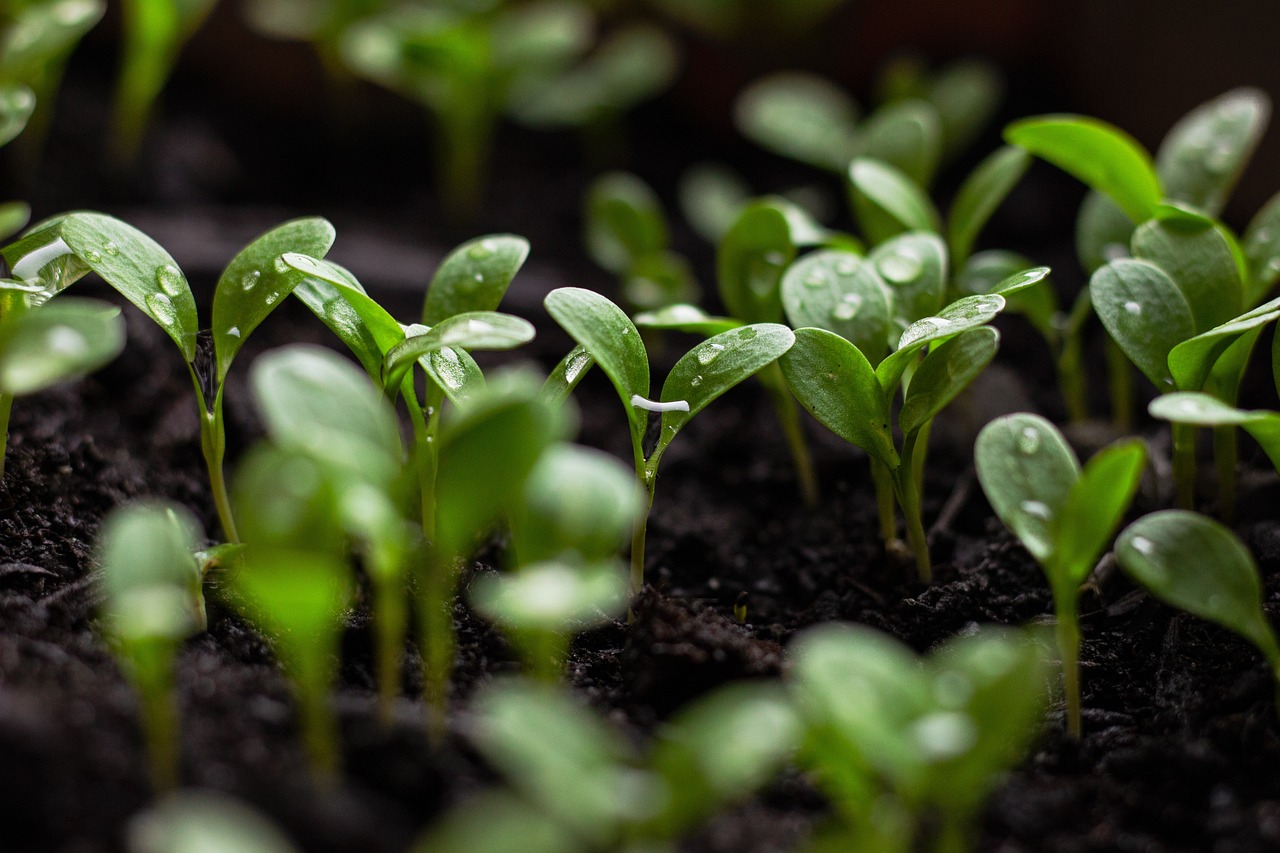
Getting a timely head start on seedlings indoors is key for harvesting flavorful homegrown vegetables throughout spring and summer. With these expert tips tailored for USDA Zone 6, your precious transplants will thrive strong and robust come warmer weather. Follow this guide for sprouting success and bumper crops all season!
When to Start Indoor Seeds in Zone 6
Factor 1: The Frost Waltz – Understanding Your Freeze-Free Window
Zone 6 boasts mild springs and balmy summers, but don’t be fooled! That playful frost likes to make surprise appearances, potentially nipping your tender seedlings in the bud. To avoid this frosty foe, knowing your average last frost date is crucial. This date marks the time when temperatures are generally safe for most plants to thrive outdoors. You can find this information online or through local gardening resources.
But hold on, there’s more! Remember, Mother Nature loves to improvise. Weather patterns can vary, so don’t rely solely on the average date. Stay one step ahead by monitoring weather forecasts and soil temperatures, especially in the weeks leading up to your projected frost-free window.
Factor 2: The Plant Parade – Each Seedling Marches to its Own Beat
Not all seeds are created equal, and their indoor seed starting times reflect that. Here’s where understanding plant varieties becomes key:
Cool-Season Champions: These frost-tolerant heroes (think lettuce, kale, cabbage) can be sown as early as late January to mid-February. They relish cooler temperatures and will be ready to waltz outdoors by early spring.
Sun-Loving Stars: Tomatoes, peppers, and eggplants crave warmth and take longer to mature. Aim for mid-February to early March for these heat-seekers.
Warm-Season Wonders: Corn, squash, and cucumbers are like the latecomers to the party. These heat-loving divas are best sown closer to the last frost date, around late March to early April.
Recommended Timing
For Zone 6, the recommended time to start indoor seeds is typically 6-8 weeks before the average last frost date. This allows the seedlings to reach an optimal stage for outdoor transplantation after the final frost.
Tips for Successful Indoor Seed Starting
Stay Organized
Label cell packs or flats clearly with variety and date. Orderliness aids plant care and transplanting vegetables precisely when garden calls in spring’s unfolding warmth.
Use of Grow Lights
- In the early stages of indoor seed starting, adequate light is crucial for the healthy growth of seedlings. Utilizing grow lights can compensate for the limited sunlight during the winter months in Zone 6.
Start in Succession
For continuous harvests, sow new plantings of leafy greens, radishes and other quick maturers every 2 weeks to replace earlier crops. Thoughtful staggering sustains fresh garden feasts.
Temperature Regulation
- Maintaining an optimal temperature is essential for the germination of seeds. Using heat mats or adjustable thermostats can create an ideal environment for seed starting in Zone 6.
Soil Selection
- Choosing the right type of soil for indoor seed starting is imperative. A well-balanced, sterile seed starting mix provides the necessary nutrients and minimizes the risk of diseases affecting the seedlings.
Air Circulation
- Proper air circulation is often overlooked but is critical for preventing mold and ensuring sturdy seedling growth. Using fans or opening windows periodically can help maintain a healthy airflow around the seedlings.
Monitor Moisture and Light
Seedlings need consistent warmth, humidity and lamp illumination mimicking outdoors for up to 18 hours daily. Drop cloths create mini greenhouses perfecting conditions for steady, sturdy sprouts.
Nurturing Seedlings for Transplantation
Hardening Off Process
- As the outdoor planting date approaches, it’s essential to gradually acclimate the seedlings to the outdoor environment. This process, known as hardening off, helps the seedlings adjust to the external conditions, reducing the risk of transplant shock.
Transplantation Timing
- Monitoring the weather patterns and soil temperature is crucial for determining the ideal time to transplant the seedlings outdoors. Waiting for stable, favorable conditions can significantly enhance the success of transplantation.
